
One of the questions we spend the most time on around the shop and track is talking with people who are interested in getting into track driving but they simply don’t know where or how to start. So we figured we’d share our knowledge and recommendations over a series of blog posts so that these are easily accessible to anyone, at any time.

For many aspiring drivers, the hardest part of breaking into high-performance driving is figuring out where to start. The idea of taking your car to a race track can feel daunting. What if you’re not ready? What if you don’t have the right car? What if you… spin out? The truth is, every seasoned racer once stood where you are now, full of questions and excitement. The good news? You’re not alone—and there are programs specifically designed to help you take that first step with confidence.
One of the best ways to begin your journey is by attending a High Performance Driving Education (HPDE) course. For example, ProFormance Racing School at Pacific Raceways in Kent, WA, offers a structured, supportive, and hands-on environment to help you master the fundamentals of car control and experience the thrill of driving on a race track for the first time. However, there are many similar high-performance driving schools across the country that provide a comparable experience tailored to beginners.
For those of you in the Pacific Northwest or willing to travel to the PNW, ProFormance isn’t just one of the best options on the west coast for an HPDE course because they are the home school for Pacific Raceways, but they legit have some of the best instruction and coaching available anywhere. Their team is made up of current and past active drivers who have climbed and hung on various steps of the racing ladder, all the way up to IMSA/SRO levels of driving.
What Makes a High Performance Driving School a Great First Step?
For most schools, car options are open, meaning you can either bring your own street car or rent a car from the school. Using your own car is entirely fine, as the focus isn’t on breaking lap records but instead on developing car control skills, awareness, and safety. Modern cars—even non-sports cars—have more performance potential than most drivers realize. As long as your street car has been well-maintained with healthy tires, brakes, and brake fluid, it’s likely ready for the track.
Additionally, formal schools like ProFormance Racing School emphasize the fundamentals of car control. These fundamentals are critical because a lack of solid basics can lead to bigger and more expensive mistakes when drivers exceed the limits of traction and don’t have the skills to recover. Learning these essentials early can save you from trouble later and set you up for success as you progress in your driving journey.
A high-performance driving school typically offers a one-day program thoughtfully split into two parts: a Skills Clinic in the morning and Lapping Sessions in the afternoon. Together, they provide a comprehensive introduction to high-performance driving that’s perfect for anyone—whether you’re looking to get into track days, time attack, or wheel-to-wheel racing.
Morning Skills Clinic: Building the Foundation
The day often begins with a classroom session where you’ll learn the essential principles of high-performance driving. This isn’t just a lecture; it’s an interactive session covering topics like:
- Vehicle dynamics (understanding how your car responds to your inputs).
- Skid control techniques (what to do if you lose grip).
- Brake application (maximizing stopping power without losing control).
- Vision skills (learning to look ahead and anticipate).
Once the classroom portion wraps up, you’ll take to the track for hands-on exercises. These drills are designed to sharpen your skills in real-world scenarios. You’ll practice emergency braking, skid recovery, cornering techniques, and more. The focus is on teaching you to think faster than you drive, making split-second decisions while staying composed behind the wheel. By the end of the clinic, you’ll have a solid understanding of how to handle your car in both routine and high-stress situations.

Afternoon Lapping: Putting It All Together
After a morning of skill-building, the afternoon is all about applying what you’ve learned. With an experienced instructor riding shotgun, you’ll transition to full laps on the track. The focus shifts to flow and precision, combining your new skills into a seamless driving experience.
The instructors work closely with each driver to:
- Refine your technique in real-time.
- Help you develop a better connection with your car.
- Build your confidence at higher speeds and in more complex situations.
The afternoon lapping session is not about going as fast as possible. Instead, it’s about smoothness, consistency, and control—the building blocks of any successful track driver. By the end of the day, you’ll have not only improved your driving but also gained a deeper appreciation for your car’s capabilities.
Why High Performance Driving Schools Work
The beauty of these programs is their approachability. You don’t need a race car to participate; a street-legal car in good condition is perfectly fine. The instructors meet you where you are in your driving journey, tailoring their feedback to your skill level. This ensures that every driver, from absolute beginners to more seasoned enthusiasts, leaves with valuable insights and improvements.
Another major benefit? Safety. These schools prioritize creating a safe and controlled environment for all participants. You’ll learn how to push the limits of your car without endangering yourself or others, which is essential for anyone planning to progress to more advanced forms of motorsport.
The Next Step: Earning Your Sports Driving License
Once you’ve successfully completed a one-day high-performance driving course, you’ll typically leave with what’s referred to as a “Sports Driving License.” While not an official license, this credential is widely recognized by track day organizers as proof that you’ve received foundational training in high-performance driving. With this license, you’ll be eligible to participate in track day events, often under the oversight of an instructor.
This is where the real fun begins. After earning your sports driving license, it’s time to sign up for track days. We encourage new drivers to attend as many track days as their schedule and budget allow. Why? Because practice is everything. The more seat time you get, the more you’ll hone your car control skills and build muscle memory for critical driving techniques. Think of it as applying the “1,000 hours of practice” rule—consistent seat time leads to significant improvement and confidence behind the wheel.

Alternative Options for Practice
Not everyone has access to a race car, a track car, or the resources to participate in frequent track days. But that doesn’t mean you can’t continue developing your driving skills. One excellent alternative is using a racing simulator on platforms like Xbox, PlayStation, or PC. Games such as Forza Motorsport, Gran Turismo, Assetto Corsa, ACC, and iRacing provide a surprisingly effective way to practice car control, learn new tracks, race against the clock in time attack events and even race wheel to wheel against AI-powered drivers and real people all over the world.
Sim racing is not just for fun; it’s a valuable tool for honing your driving instincts and mental focus. Many professional racers use simulators as part of their training routine and not just the incredibly expensive simulators. If you’re serious about improving but need a more accessible option, simulator racing is a fantastic next step. Stay tuned for an upcoming blog post that dives deeper into getting started with sim racing and how it can complement your on-track journey.

Step 2: Picking a Car to Drive at Track Days
Once you’re ready to take your driving journey to the next level, the question arises: What car should you drive in the future track days? This decision can range from using your daily driver to renting a fully prepared race car. Each option has its benefits and challenges, depending on your goals, budget, and level of experience. Stay tuned for a future blog post where we’ll explore these options in detail, helping you find the best fit for your track adventures.
Take the Leap
If you’ve ever dreamed of driving on a race track but didn’t know where to begin, a high performance driving school is the perfect place to start. Programs like those offered at ProFormance Racing School and similar institutions across the country will teach you the fundamentals of high-performance driving, build your confidence, and give you an unforgettable introduction to the world of motorsport.
Ready to get started? Look for a reputable high-performance driving school near you, book your first session, and take the first step toward becoming the driver you’ve always wanted to be. Trust us—once you’re out there, you’ll wonder why you waited so long.

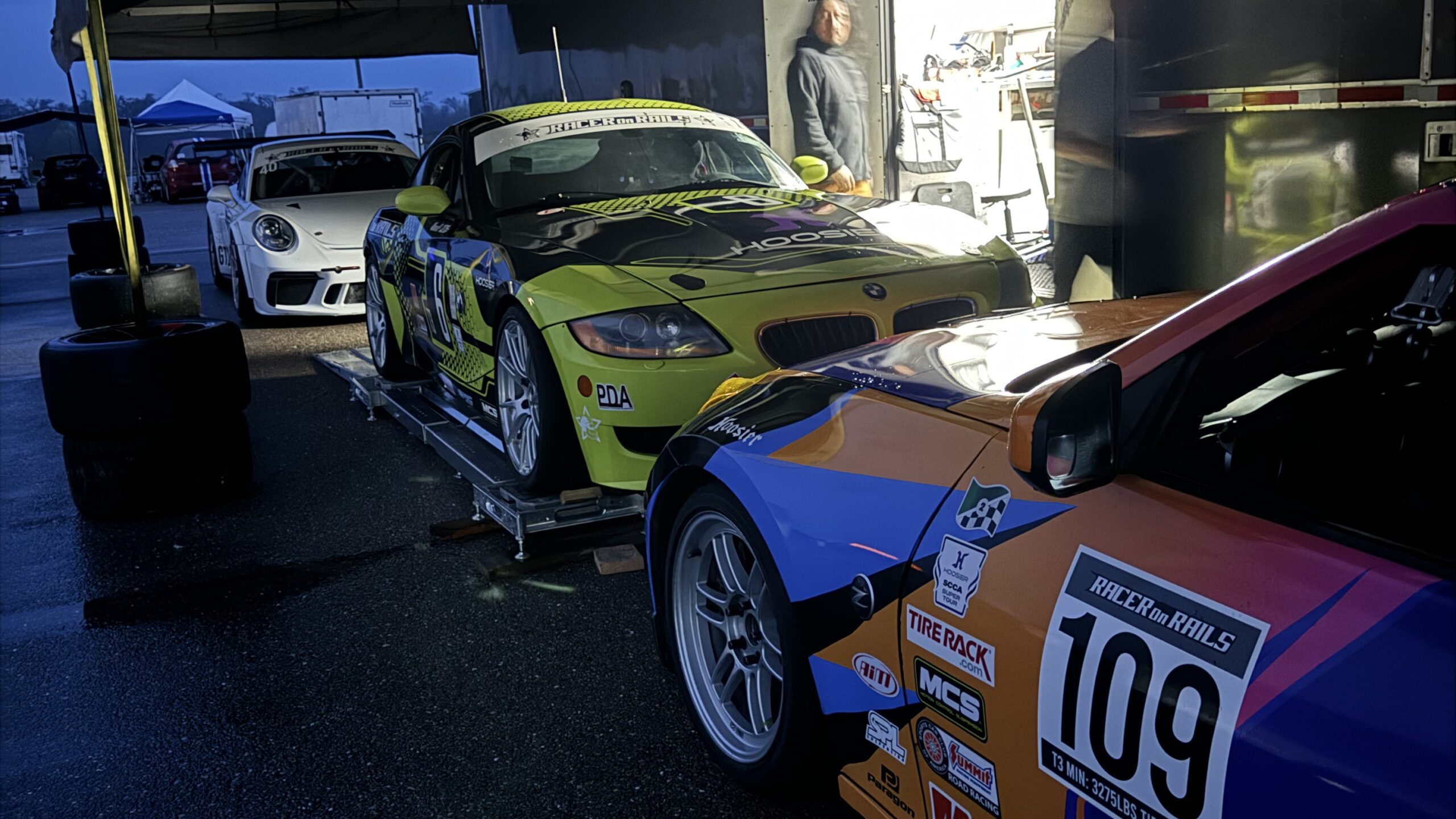




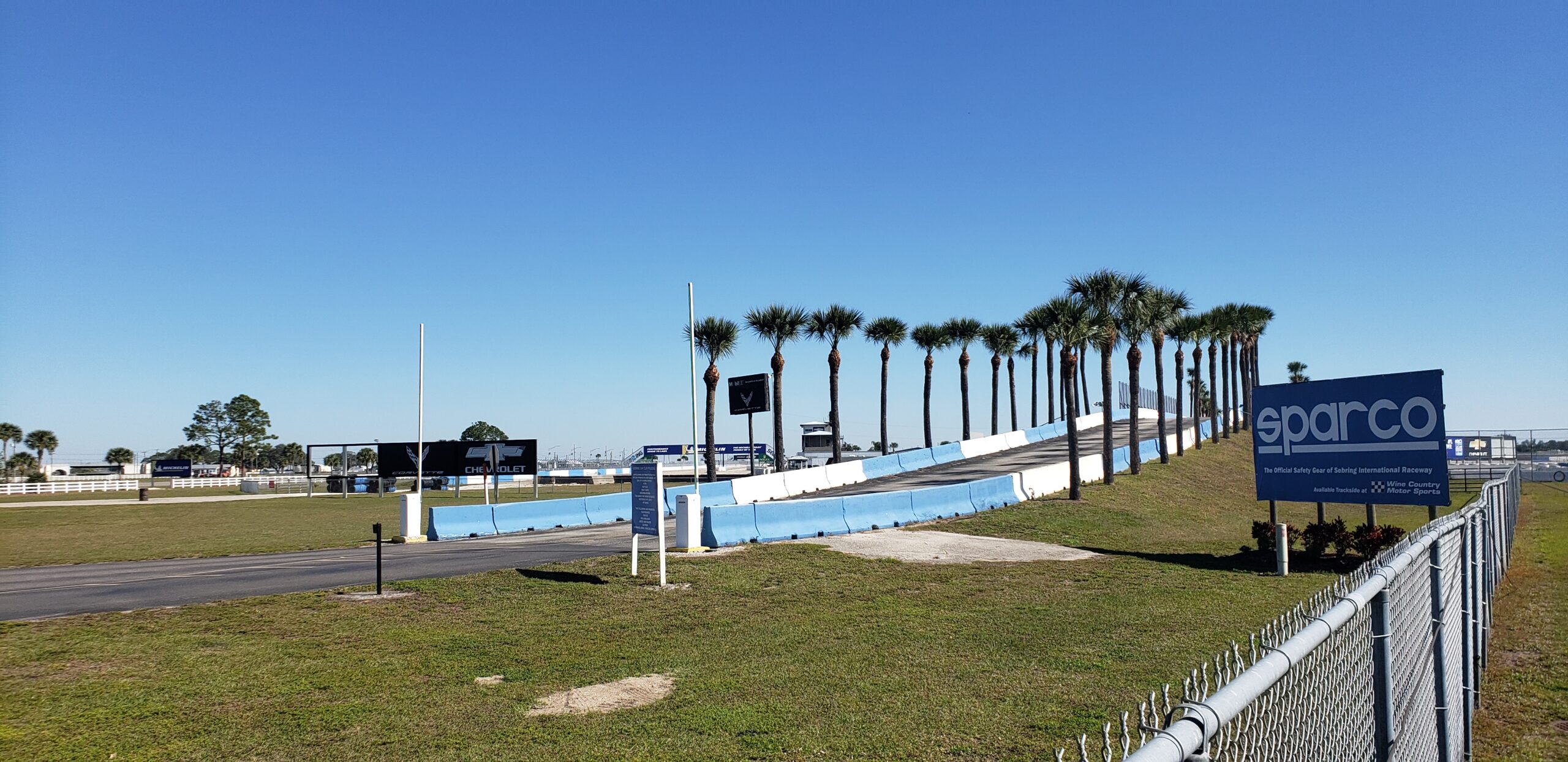













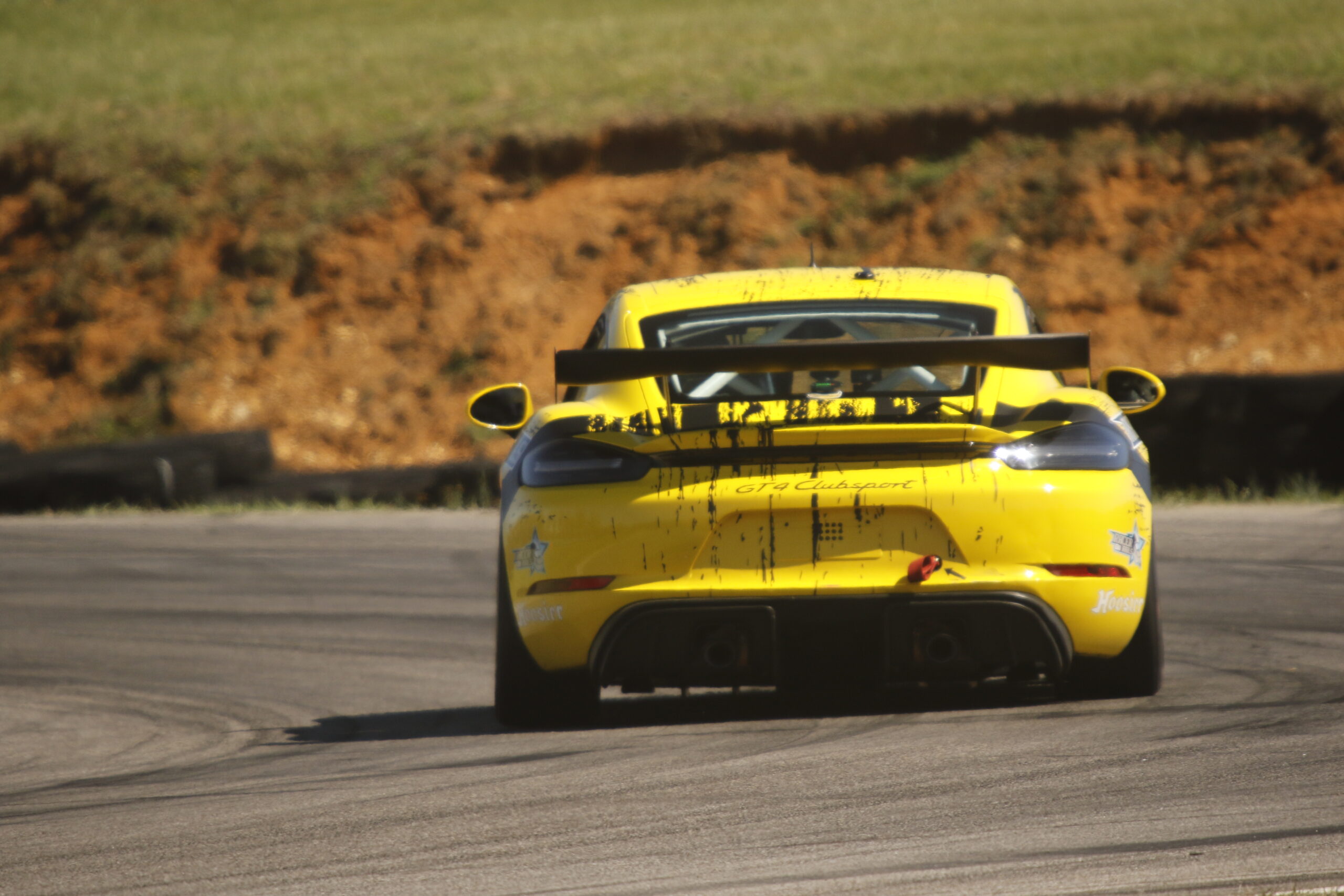




















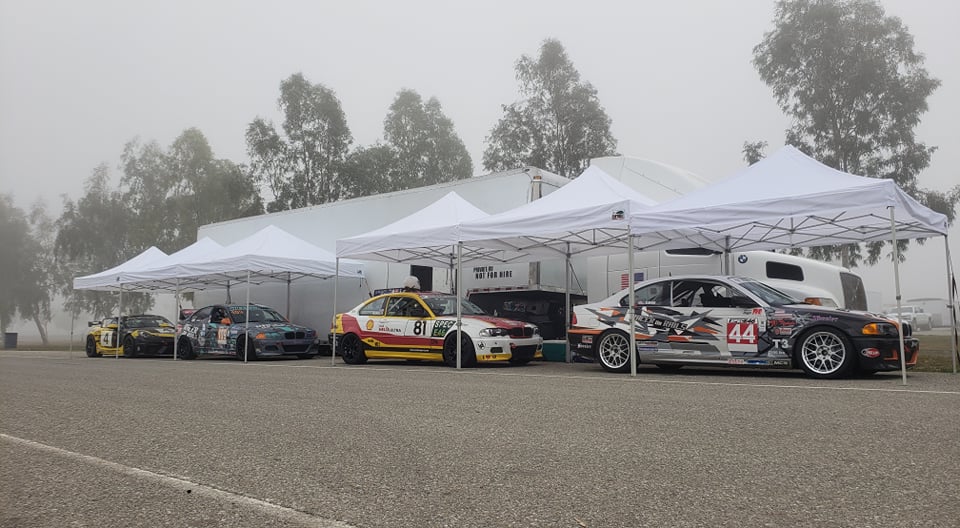












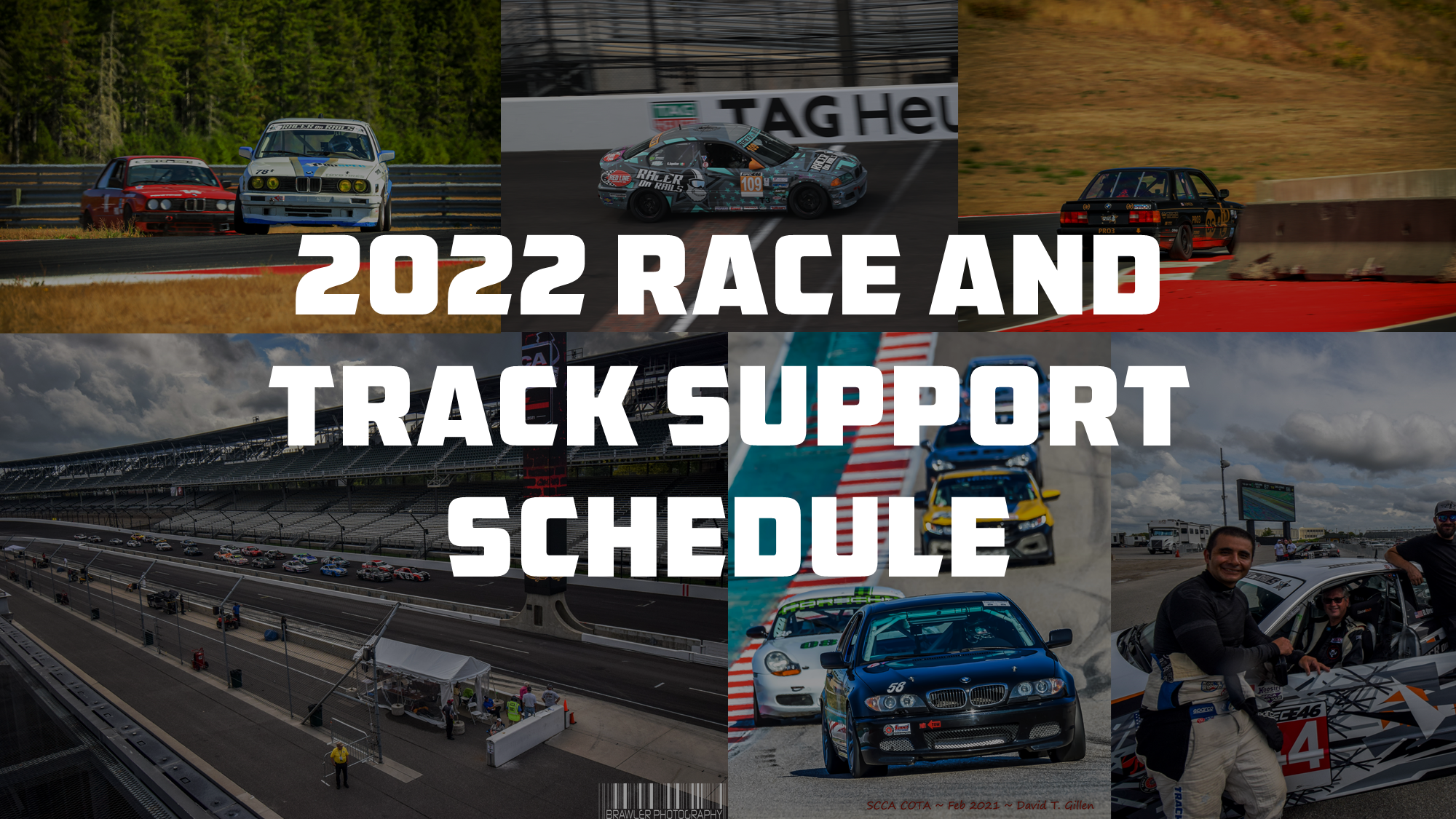



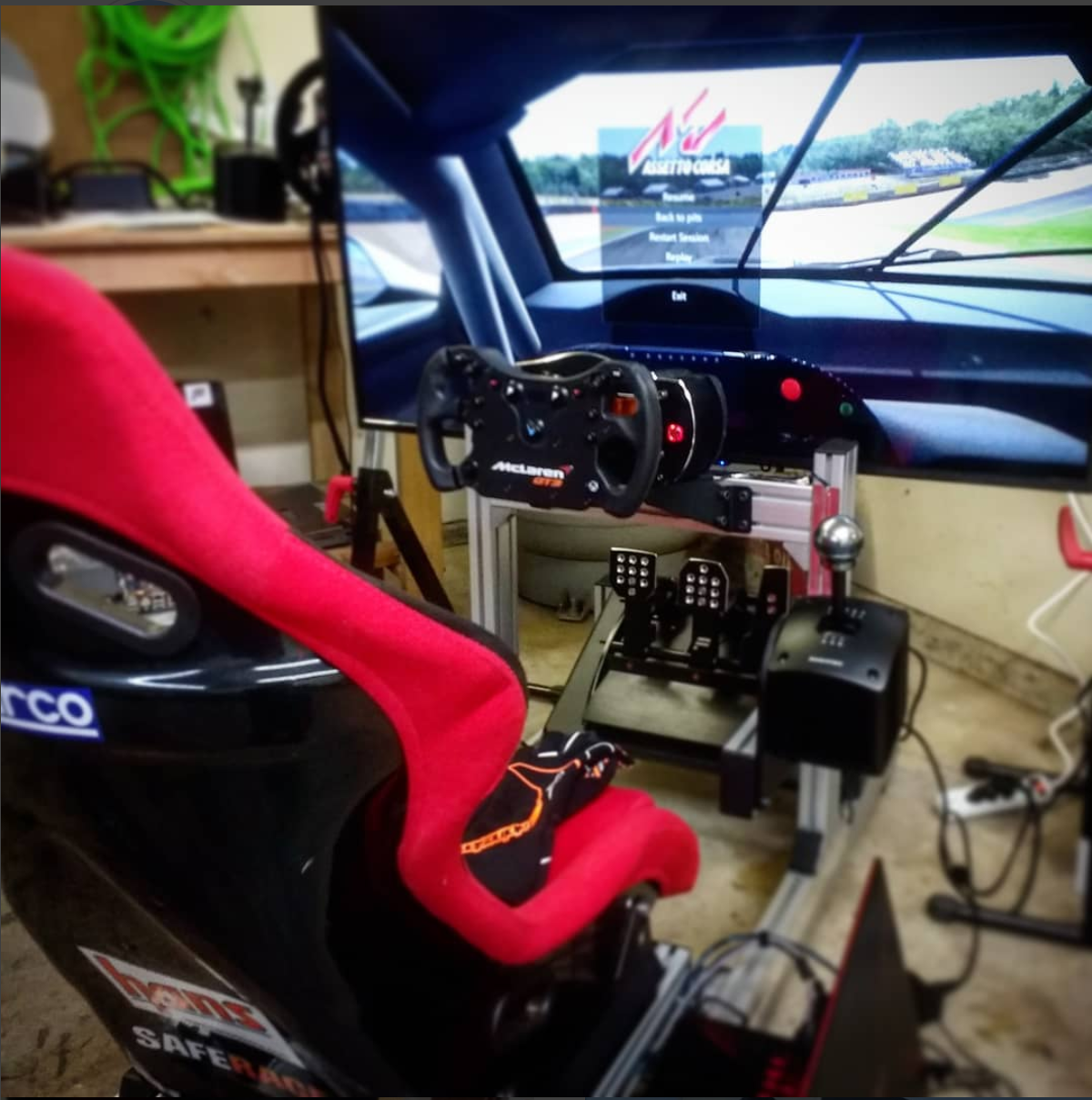 With the explosive growth of simulator driving for not just training but actual competition, big time dollars and rewards attached, we get more and more questions about how to get started building a simulator setup and specifically, what to get.
With the explosive growth of simulator driving for not just training but actual competition, big time dollars and rewards attached, we get more and more questions about how to get started building a simulator setup and specifically, what to get.


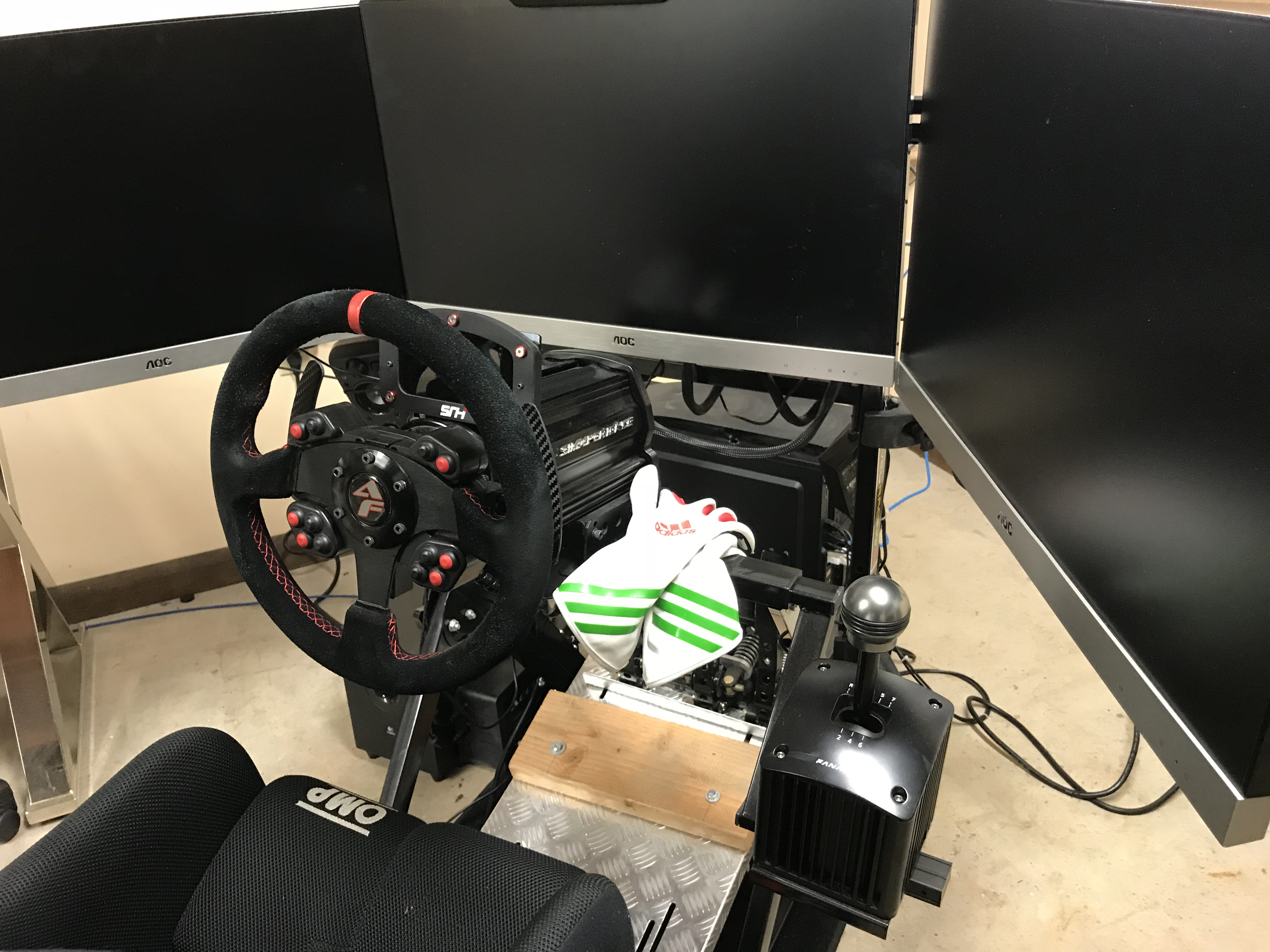
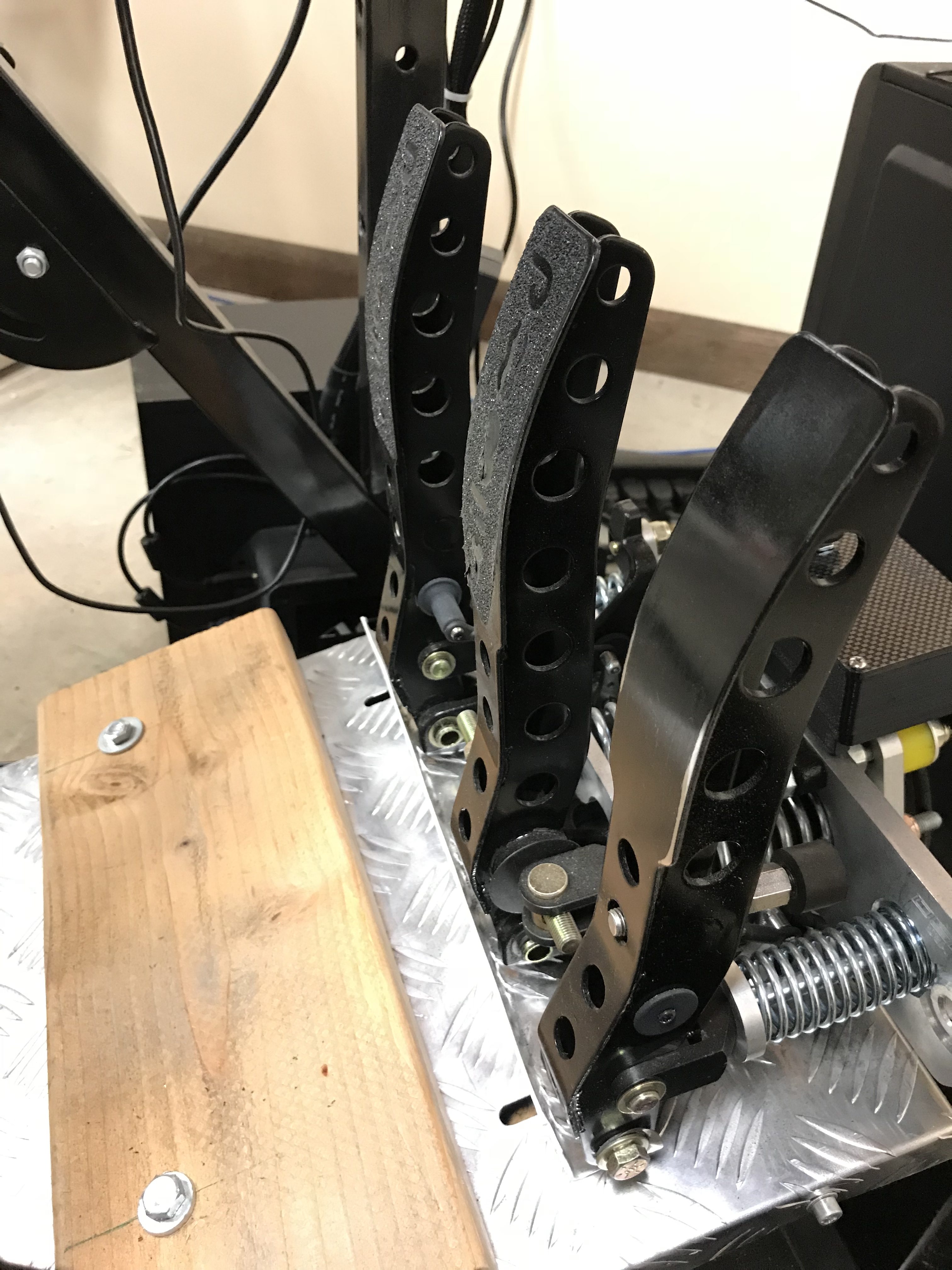












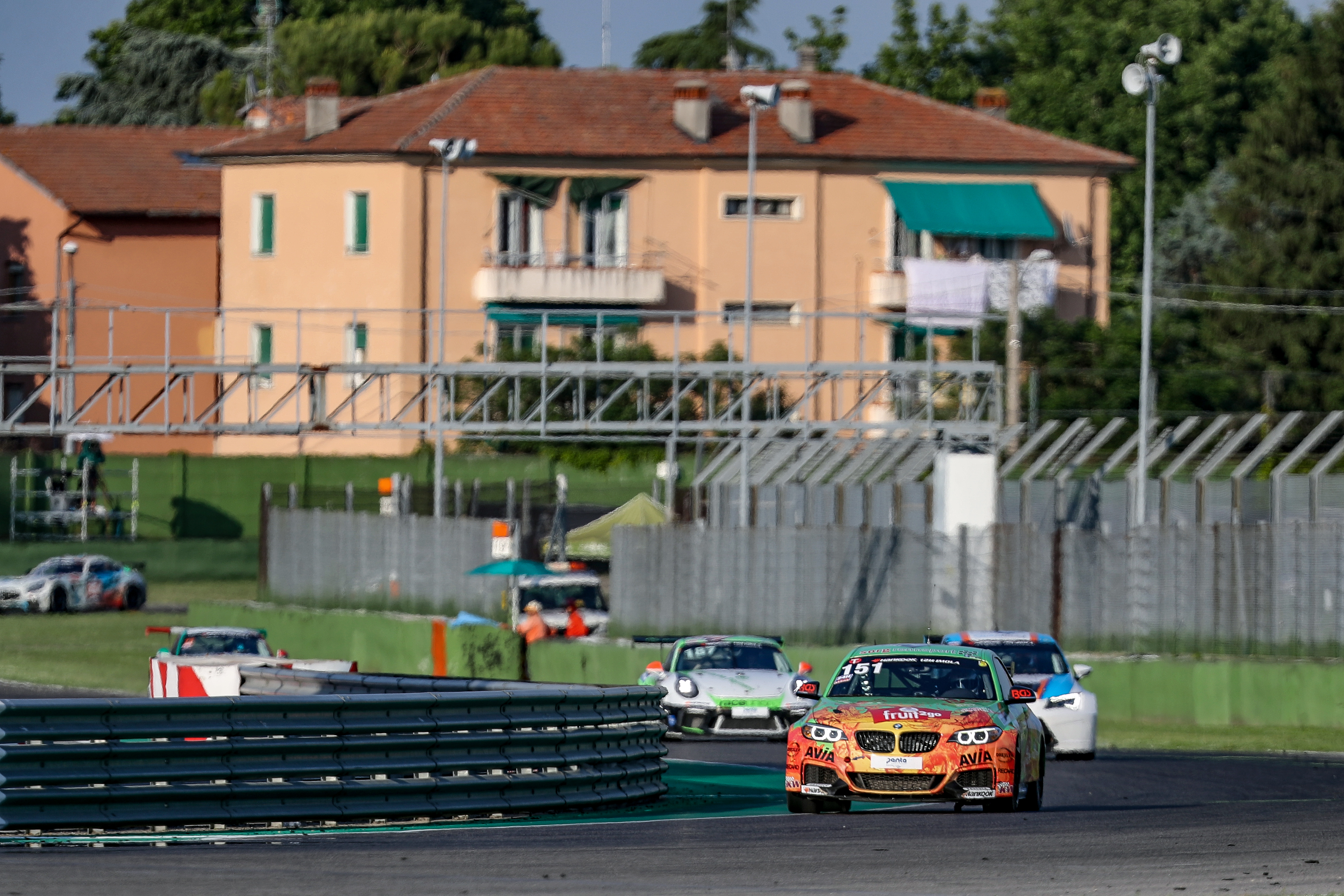 Time to finally get into driving and racing at Imola. Catch up on the story until now by checking out the previous posts on:
Time to finally get into driving and racing at Imola. Catch up on the story until now by checking out the previous posts on:


















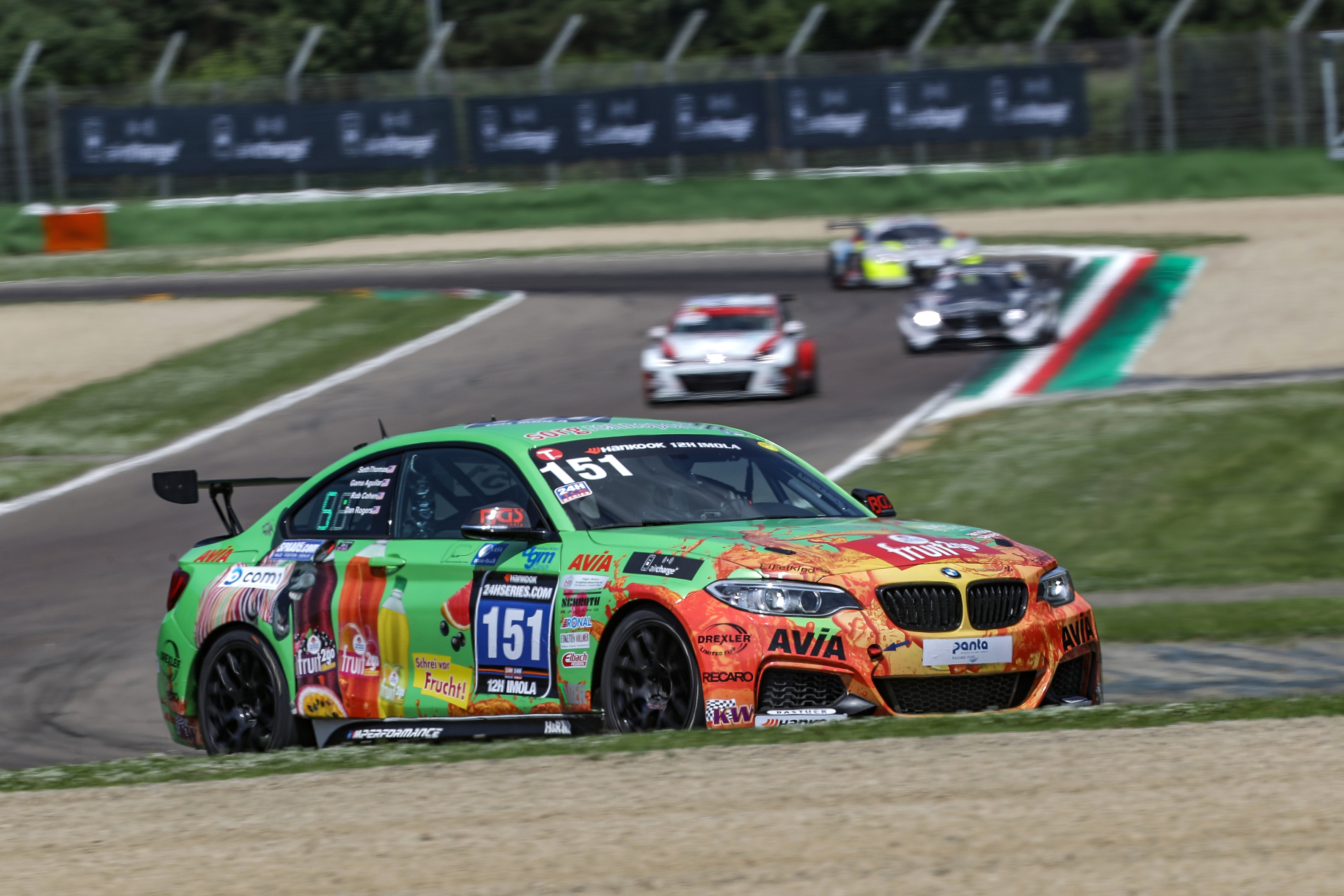 Before we get into the actual on-track action and the race, let’s talk about the car we drove for the 12 hours of Imola.
Before we get into the actual on-track action and the race, let’s talk about the car we drove for the 12 hours of Imola.




